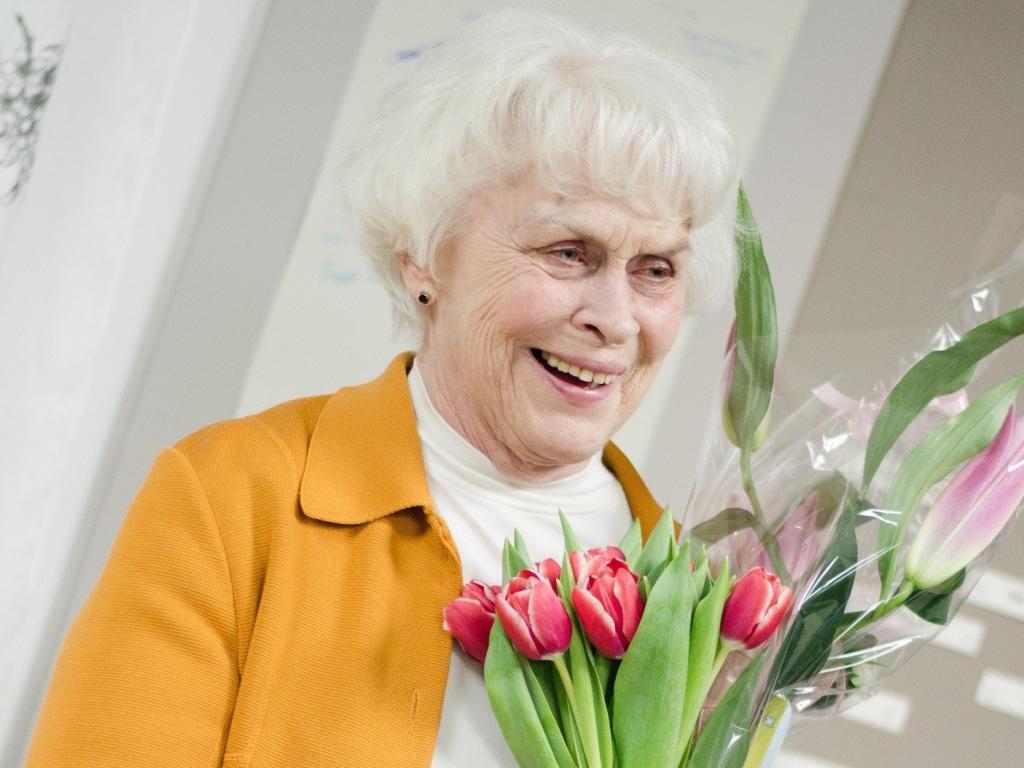Ilon Wikland, an Estonian-Swedish artist and illustrator, renowned for her illustrations for the world-famous Swedish children author, Astrid Lindgren, is celebrating her 95th birthday on 5 February.
On 5 February, the Estonian artist residing in Stockholm, Ilon Wikland, will be celebrating her 95th birthday.
The hard-working and talented woman can look back with satisfaction at her life’s work – generations of children across the world have grown up with her vibrant illustrations. If they have not heard her name, they have surely seen Wikland’s drawings.
“Karlsson-on-the-Roof”, “The Bullerby Children”, “Ronia the Robber’s Daughter”, “Lotta on Troublemaker Street”, “Brothers Lionheart” – all these and many other characters from the stories of Swedish children’s author, Astrid Lindgren, have become even more alive and familiar through Wikland’s drawings.
How did a young woman from Estonia come to work with Lindgren? The story of Wikland’s life is very inspiring. It is a story of a brave little girl who overcomes difficulties to become a dedicated, successful and beloved artist.
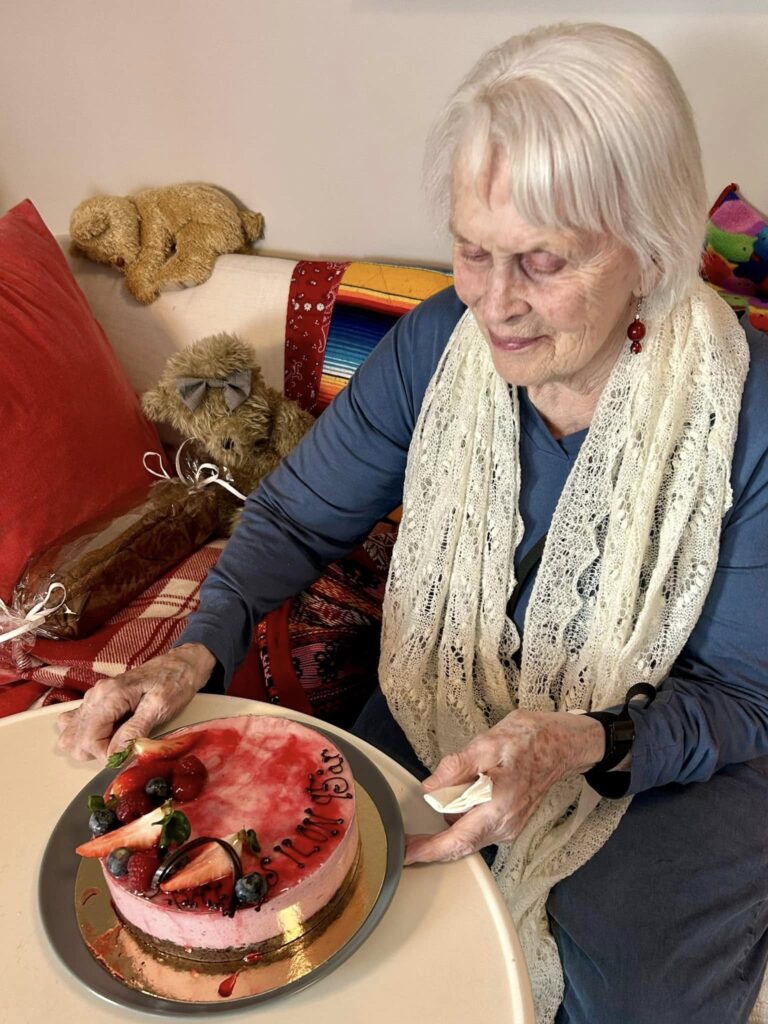
Childhood in Estonia, life in Sweden
Ilon Wikland (born Maire-Ilon Pääbo) was born on 5 February 1930 in Tartu, Estonia. Her father was Max Pääbo, a civil engineer; her mother Vida Pääbo-Juse, a painter and textile artist.
By the time Ilon started to attend school, the family had moved to Tallinn. After her parents’ divorce in 1939, however, Ilon was sent to live with her grandparents in Haapsalu.
A tiny wooden house, next to the town’s St Mary-Magdalen’s Orthodox Church, became here home (her grandfather was a sacrist at the church). Wikland has later said her most beautiful childhood memories are connected to the seaside town of Haapsalu.
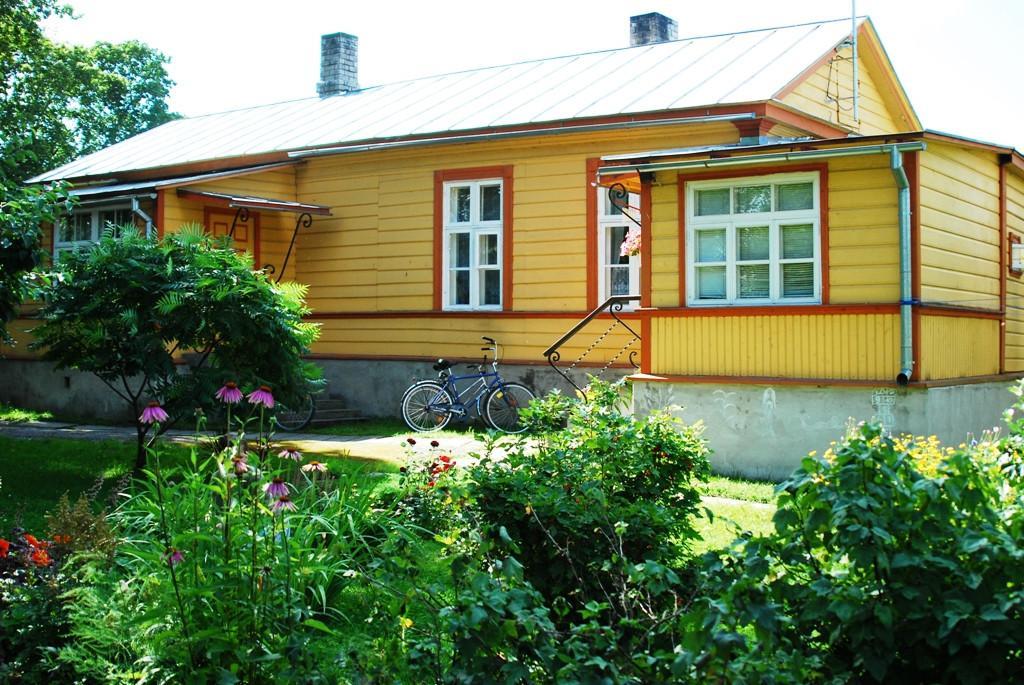
In the autumn of 1944, when approximately 80,000 Estonians fled the country in fear of the advancing Soviet troops, 14-year-old Ilon was sent to Sweden on a boat with her schoolmate’s family to get away from the war; her father’s family had also already fled there.
Ilon later recalled that the journey that took three days through rough seas, seemed endless and she was pretty ill by the end of it.

Arriving in Sweden as a refugee, Ilon moved in with her artist aunt in Stockholm. She soon went to study at Akke Kumlien’s Book and Advertising School for book illustrators from 1945 to 1946, at the School of Applied Arts of Stockholm in 1949, and at Signe Barth’s school for painting from 1952 to 1953 and in 1956. She also gained more knowledge and skills in London and Paris.
In 1951, Ilon married a Swede, Stig Wikland, with whom they have four daughters: Helen, Birgitta, Fredrika and Anna.
Chance meeting with Astrid Lindgren kickstarts a long career
In 1953, Wikland applied for a job as illustrator at Rabén & Sjögren, a Swedish publishing house that among others, published Astrid Lindgren.
As a lucky coincidence, Wikland met Lindgren, who had just finished writing the book, “Mio, my Son”, and who could see immediately that Wikland was able to “draw fairytales”. Wikland did a test-drawing for the book and Lindgren liked what she saw – that was the beginning of a long collaboration that lasted for decades.
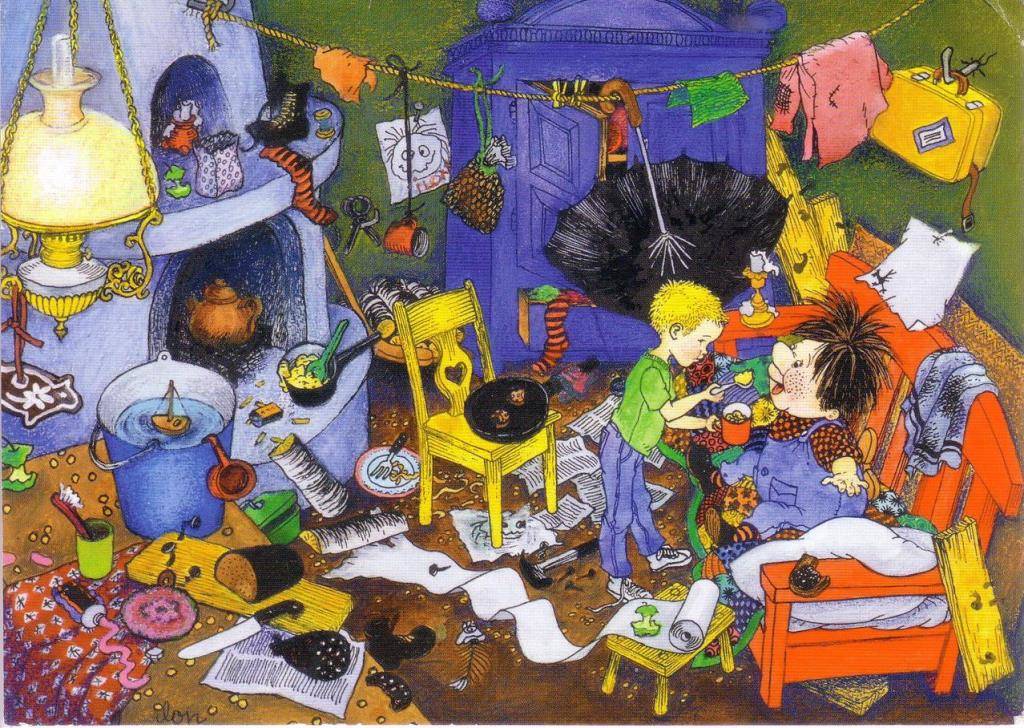
Wikland later said that in the same way that Astrid Lindgren wrote for “the child within her”, she also drew for the child within her – although Wikland has also derived inspiration for her pictures from real life.
In a 2015 interview with Estonian World, Wikland said her desire for a secure childhood reflected in her drawings – because her own childhood wasn’t an easy one at all. The divorce of her parents and the leaving of her mother, escaping to Sweden on a refugee ship and a serious illness were the challenges she had to live through as a child.
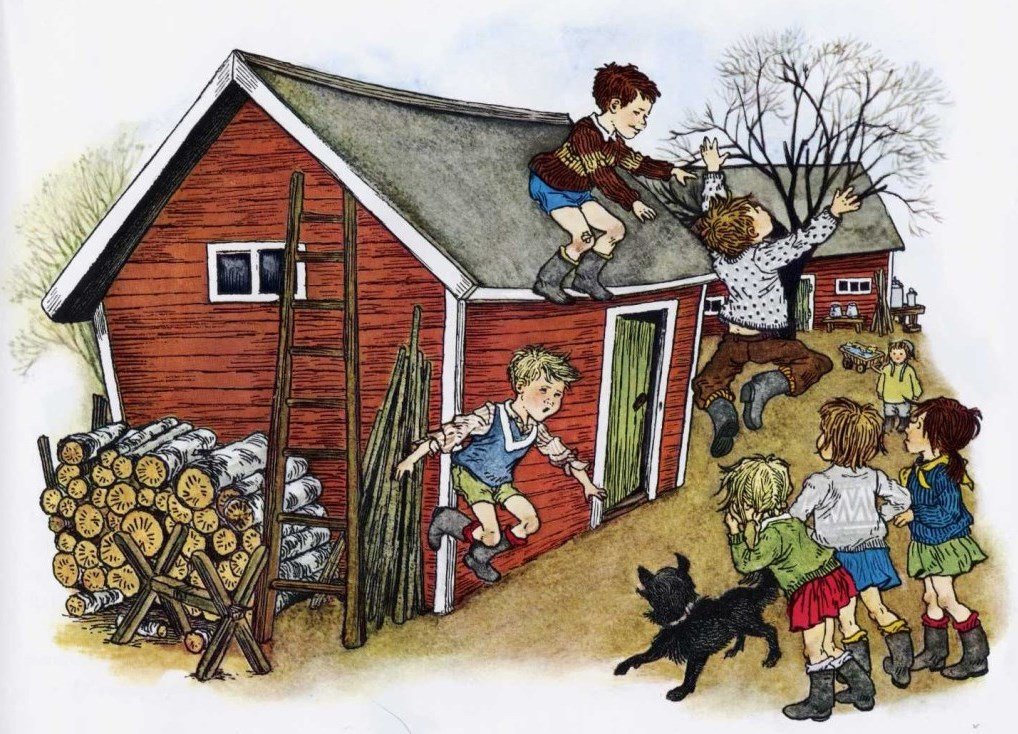
Illustrations for Lindgren’s books are the ones Wikland is mostly known for, but she has also illustrated books of several other authors – for example, Ann Mari Falk, Marlen Haushofer, Hans Peterson – and even fairy tales from Hans Christian Andersen and brothers Grimm, as well as some non-fiction books.
Wikland has also written books herself. In 1995, she wrote the book, “The Long Journey”, with Rose Lagercrantz, that tells the story of the artist’s childhood in Haapsalu and fleeing to Sweden. The illustrations were naturally drawn by the artist herself.
In 1997, Ilon wrote and illustrated a new children’s book, “Sammeli, Epp and I”, in which she tells about her first school day in Tallinn. In 2005, Wikland wrote the children’s book, “My Grandmother’s House”, with Barbro Lindgren, about Ilon’s childhood in Haapsalu. She also published a book, “Darling”, in 2012.
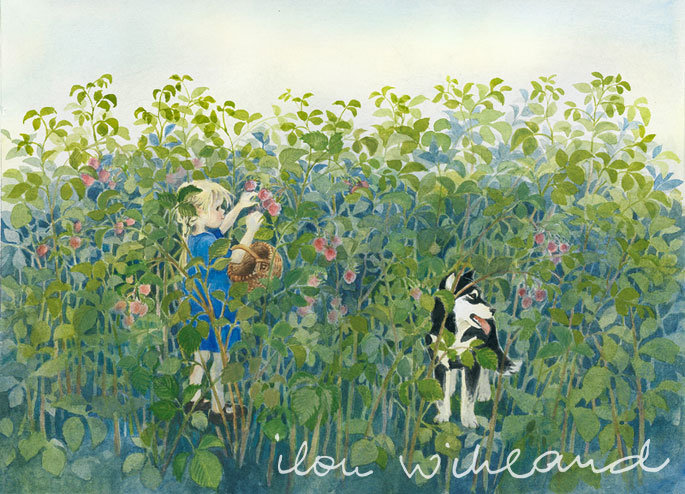
Revisiting the childhood home and opening namesake centre in Haapsalu
Wikland only got to return to her childhood hometown, Haapsalu, in 1989, when the Soviet Union had begun to crumble and there was some hope for Estonia for regaining independence.
Since she was often subconsciously inspired by the Haapsalu castle ruins, the town’s wooden buildings and the sea, when drawing illustrations for Lindgren’s books, she also brought along Lindgren when she revisited her hometown for the first time since fleeing Estonia in 1944. The emotional event was so special that many people in Haapsalu still remember it fondly, over 30 years later.
In 2004, Wikland decided to give the original copies of her book illustrations to Estonia as a gift. A good place for exhibiting the works was found in Haapsalu, very close to the former home of Ilon’s grandparents. Subsequently, Ilon Wikland’s gallery was opened in town.
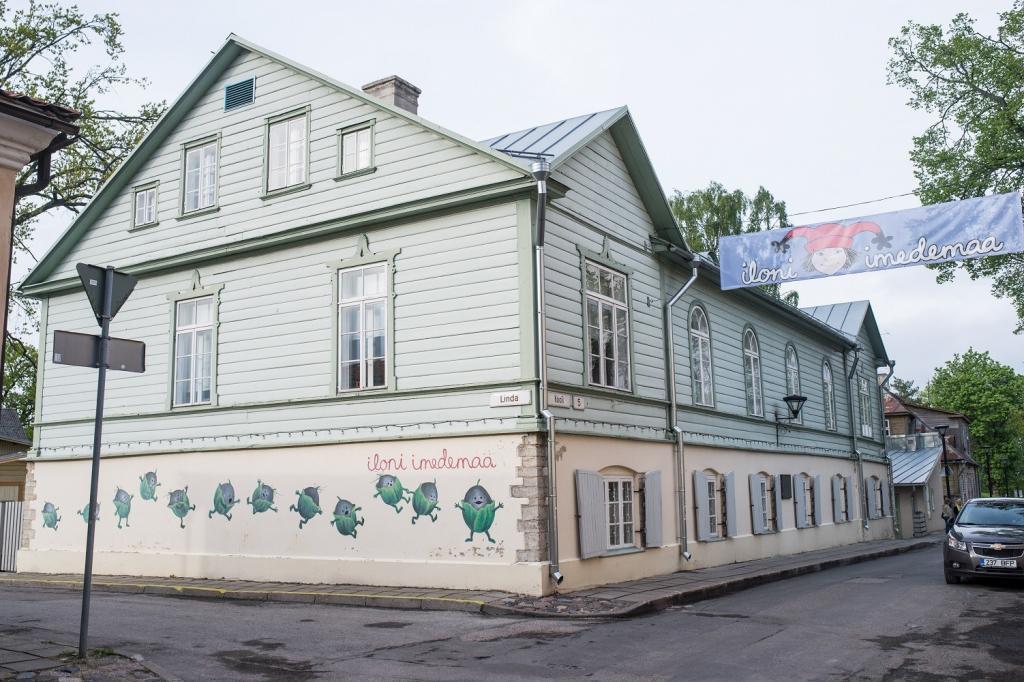
In addition to opening the art gallery, an idea came up to create a child-friendly centre in Haapsalu which would offer numerous opportunities for spending time actively. That’s how the thematic centre of “Ilon’s Wonderland” was born, which was opened in Haapsalu in 2009.
A three-storey building includes a gallery, a cinema auditorium and exhibition room, “Ilon’s kitchen” and a playroom. The gallery introduces Wikland’s life and creation in six languages – Estonian, English, Russian, Finnish, Swedish and German.
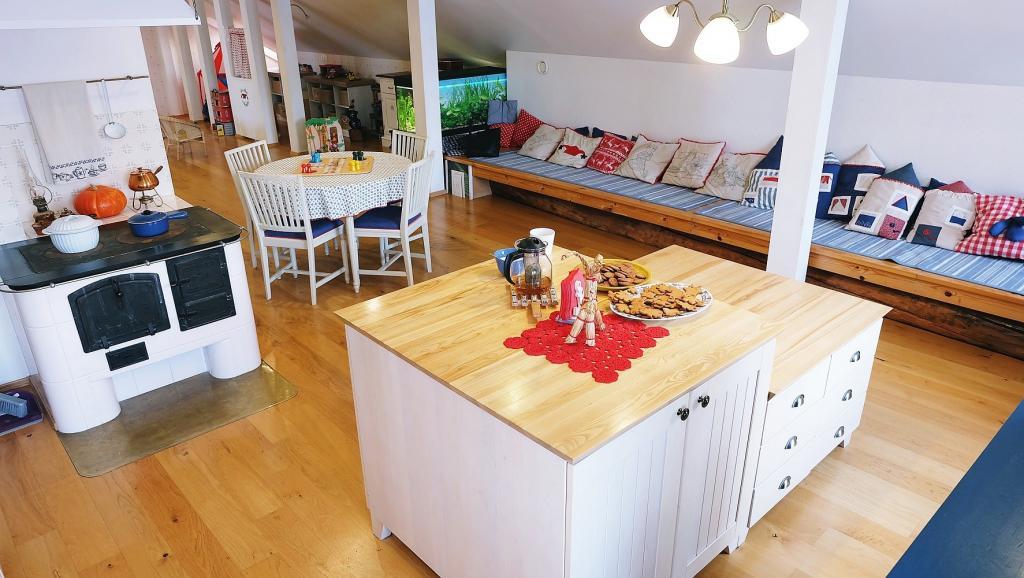
Once a year, “Ilon’s Wonderland” also organises a competition for a young artist’s award in cooperation with Wikland where Estonian youths aged 14-18 can test their skills in illustration and gain motivation for continuing to develop in this area.
Can the illustrator herself explain why so many people find her style that touching? “All along, I’ve been trying to paint emotions,” Wikland told Estonian World in 2015, “So that a person, looking at my paintings, could see the feelings.”
Cover: Ilon Wikland. Photo by Monica Schneider.

